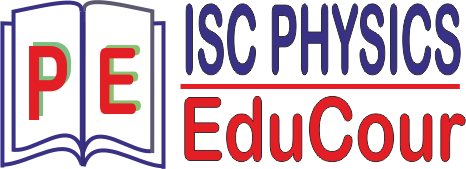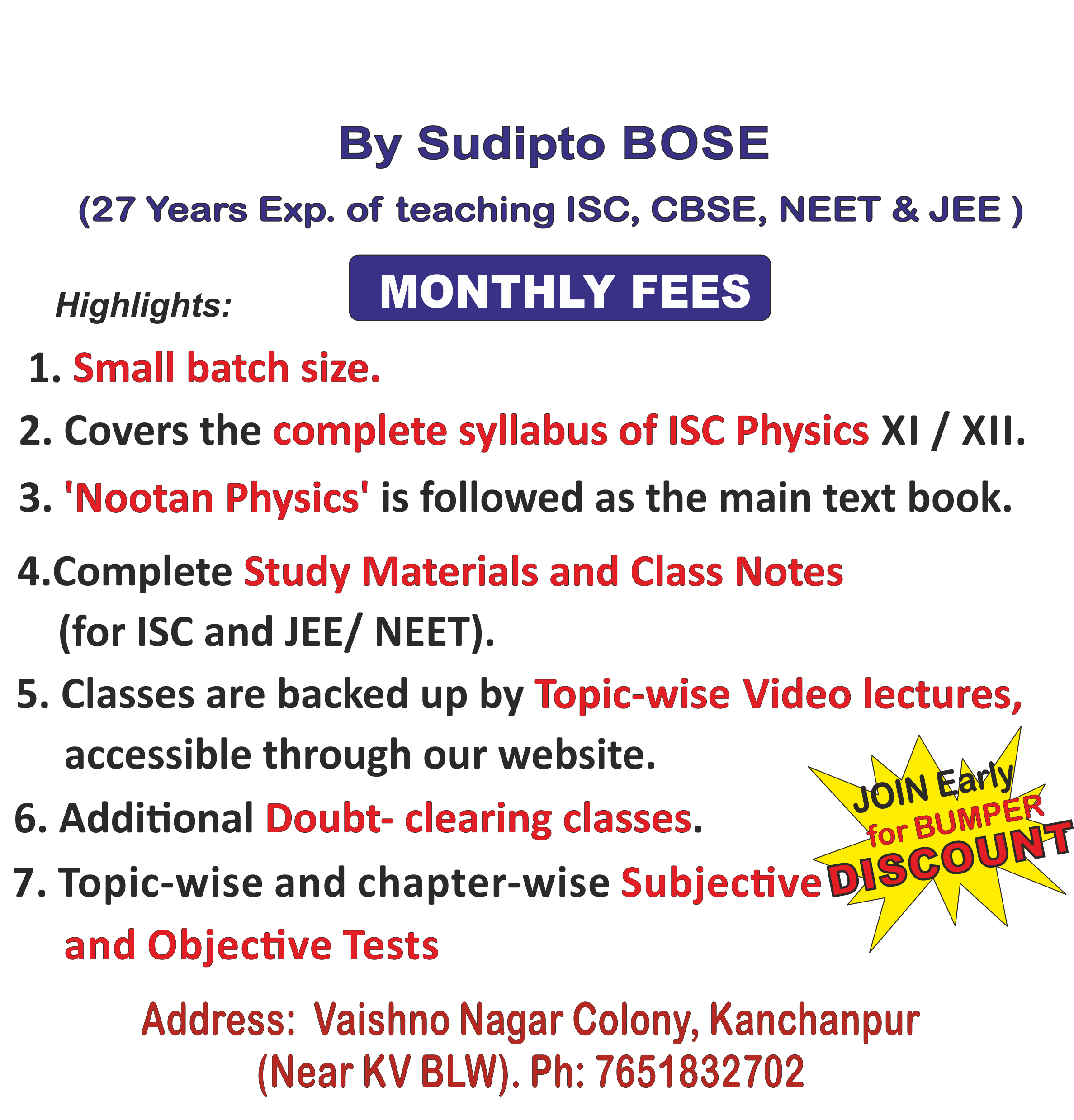ISC Syllabus
Frame of references, Motion in a straight line (one dimension): Position-time graph, speed and velocity.
Elementary concepts of differentiation and integration for describing motion, uniform and non- uniform motion, average speed, velocity, average velocity, instantaneous velocity and uniformly accelerated motion, velocity – time and position – time graphs. Relations for uniformly accelerated motion (graphical treatment).
[ Frame of reference, concept of point mass, rest and motion; distance and displacement, speed and velocity, average speed and average velocity, uniform velocity, instantaneous speed and instantaneous velocity, acceleration, instantaneous acceleration, s-t, v-t and a-t graphs for uniform acceleration and conclusions drawn from these graphs; kinematic equations of motion for objects in uniformly accelerated rectilinear motion derived using graphical, calculus or analytical method, motion of an object under gravity, (one dimensional motion).
Differentiation as rate of change; examples from physics – speed, acceleration, velocity gradient, etc. Formulae for differentiation of simple functions: xn , sinx, cosx, ex and ln x.
Simple ideas about integration – mainly. ∫ xn.dx. Both definite and indefinite integrals to be mentioned (elementary calculus not to be evaluated).]
Motion in Straight Line (Notes)
Contents:
- (i) Statics (ii)Kinematic (iii)Dynamics
Types of motion (i) One dimensional motion (ii) Two dimensional motion (iii) Three dimensional motion
Graphical representation UNIFORMLY ACCELERATED MOTION IN ONE DIMENSION
- Examples on Use of Calculus in Motion in Straight Line
- KINEMATIC EQUATIONS FOR UNIFORMLY ACCELERATED MOTION
- Derivation of Kinematic Equations of Uniformly Accelerated Motion

